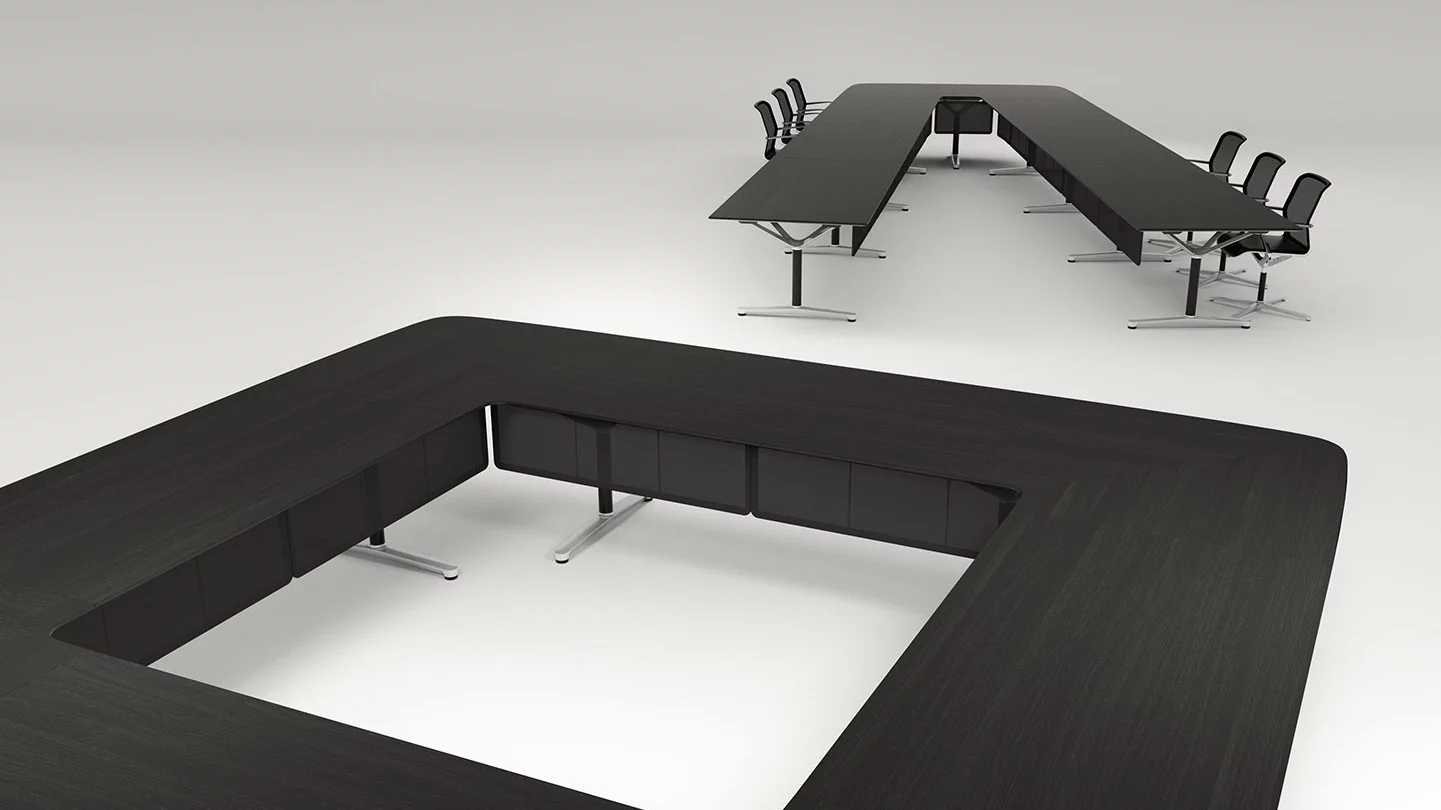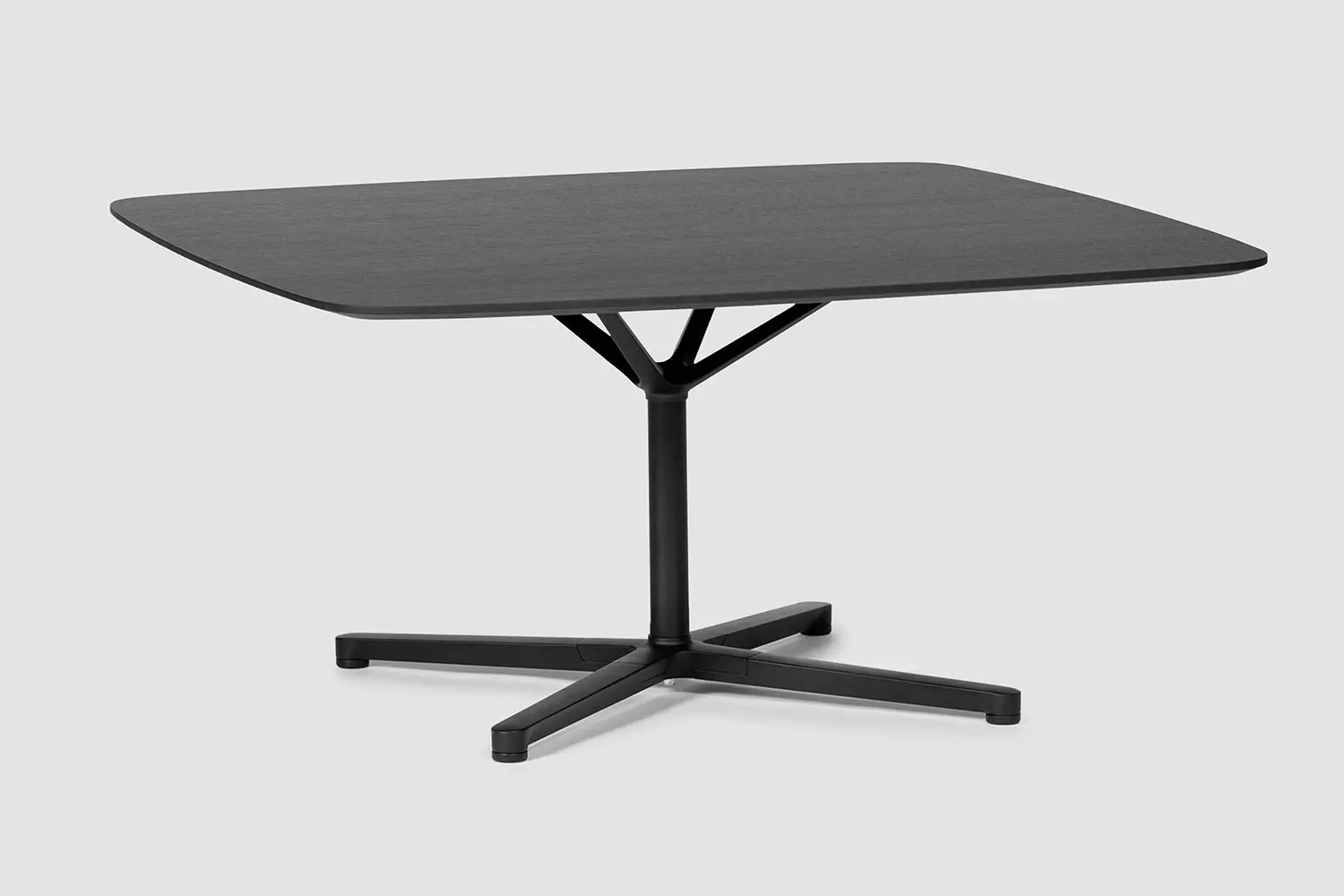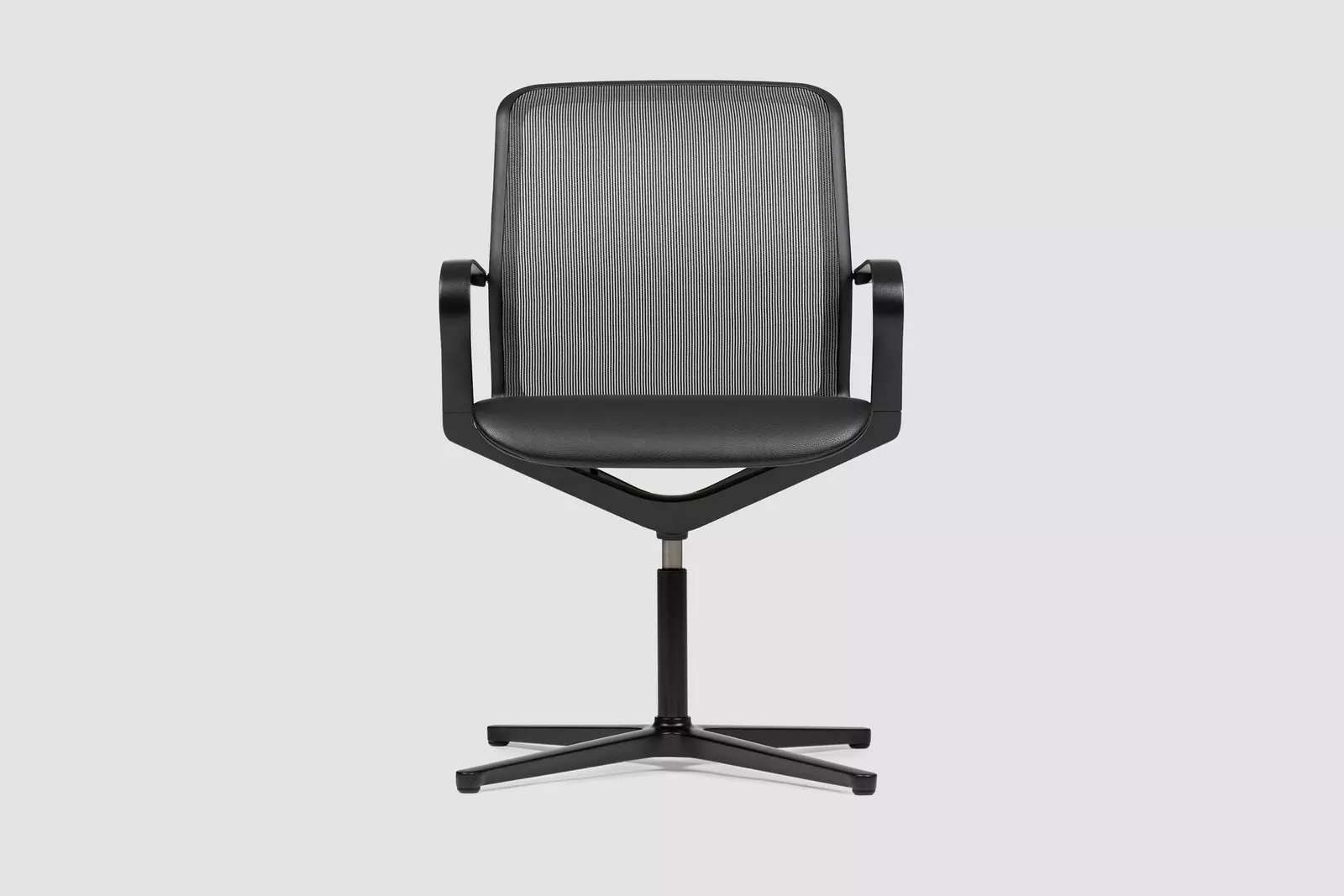Interview with EOOS
The art of archery.
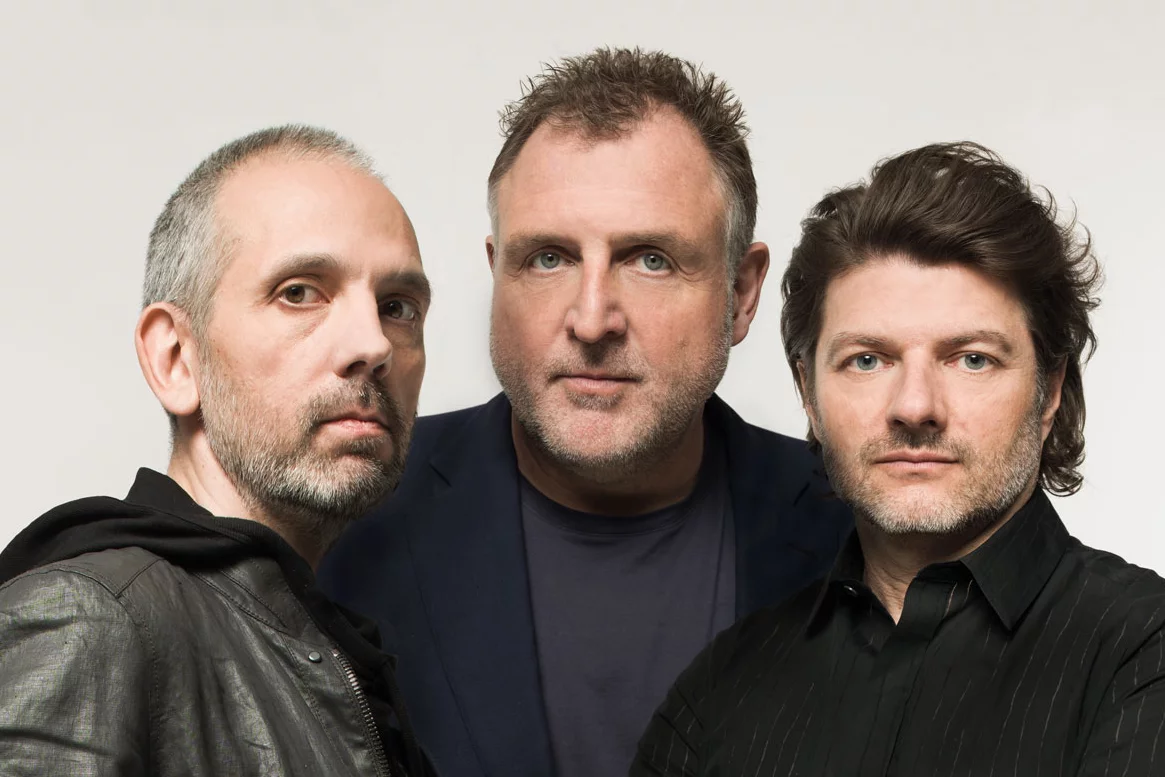
Copyright: Elfie Semotan

Copyright: Elfie Semotan
Interview with EOOS
The art of archery.
Martin Bergmann, Gernot Bohmann and Harald Gründl have been working together as a design collective since 1995. For Bene they answer questions about their FILO design and they explain how the art of archery has inspired innovative furniture design.
WHAT IS MOST SPECIAL ABOUT THE FILO TABLE?
The "antlers" of die-cast aluminium whose branches extend into bars on the underside of the continuous tabletop; this allows for a minimalist supporting structure, very large spans, and maximum legroom.
AND ABOUT THE FILO CHAIR?
The armrest of the chair works like a drawn bow. It is elastic where it is the thinnest, and this opens the angle between seat and backrest. There is no mechanism to enable this movement, the armrest itself is the mechanism.
WHAT WAS YOUR INSPIRATION FOR FILO?
Mike Keilhauer talked about a chair for concentration and what that could mean. We then started looking around for concentration rituals and found them in archery. We invited a Japanese master bowman who demonstrated the art of Kyudo to us on the flat roof of our studio. The breathing, the concentration technique, and the unity of human and object really fascinated us. In the moment of the shot, the idea for this chair was clear to us.

HOW IMPORTANT IS UNDERSTATEMENT TO YOU IN THE FILO TABLE?
Very important. The table is supposed to be inconspicuous at first sight and to mainly give a sense of calm. Poetically speaking, for us it’s like taking a slow deep breath. The complexity of the design only unfolds the closer you look.
WHAT IS IT THAT YOU LIKE BEST IN THE FILO CHAIR?
You can’t sit still on the chair, it is vibrant like the archer’s bow. Like the bow accommodating to the archer, the chair accommodates to the sitter. To us, this micromovement means concentration.
IS THERE A DESIGN-RELATED QUOTE THAT YOU LIKE?
"Never let the blood show" by Charles Eames. No matter how much time and effort go into the development of a design, everything should look as natural as if it had been created in a single day.
WHAT IS YOUR TYPICAL PROCESS WHEN YOU START WORKING ON A PROJECT?
Orientation. Taking our bearings for us is a ‘poetic analysis’, a search for pictures and rituals. We build a kind of gravitational system for ourselves in order not to get lost in the infinite space of randomness.
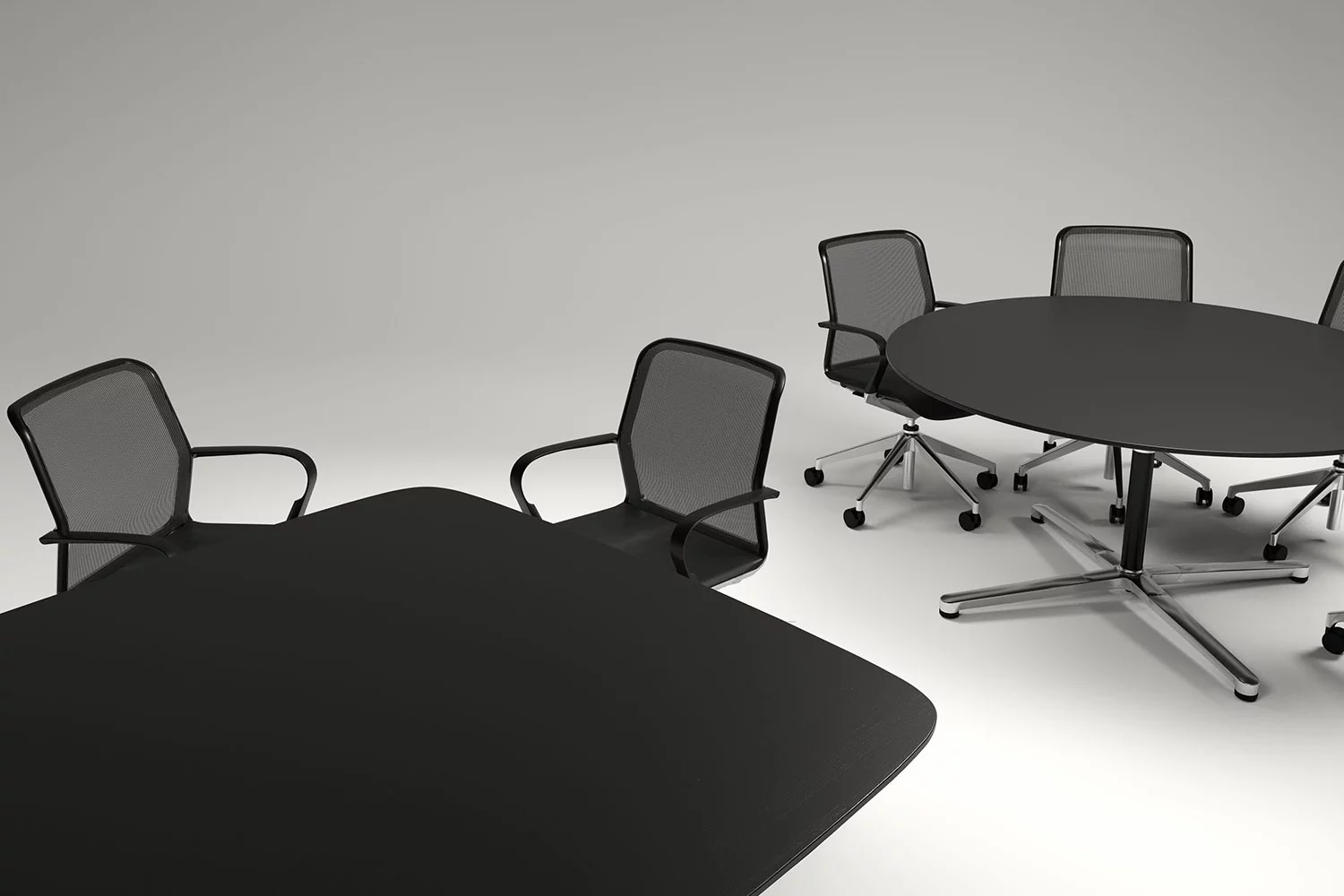
HOW DOES WORKING IN A COLLECTIVE FEEL?
Design always means collaboration. But what we particularly appreciate about the three of us working together is that the result is always more than any one of us could have thought up. The ideas start to lead their own life, all you have to do is follow them.
WHAT PEOPLE DO YOU LIKE TO WORK WITH?
With our clients and our team. We only work with people we find congenial. If the communication works, the rest just falls in place.
WHERE WOULD YOU LIKE TO WORK? CHOOSE ANY PLACE IN THE WORLD.
What we like best is working at our clients’ development departments, no matter where they are in the world. The shared belief in creating something great, the enthusiasm, and the incredible combined expertise all spark off creative moments you want to experience again and again.
Copyright Photo: Elfie Semotan
